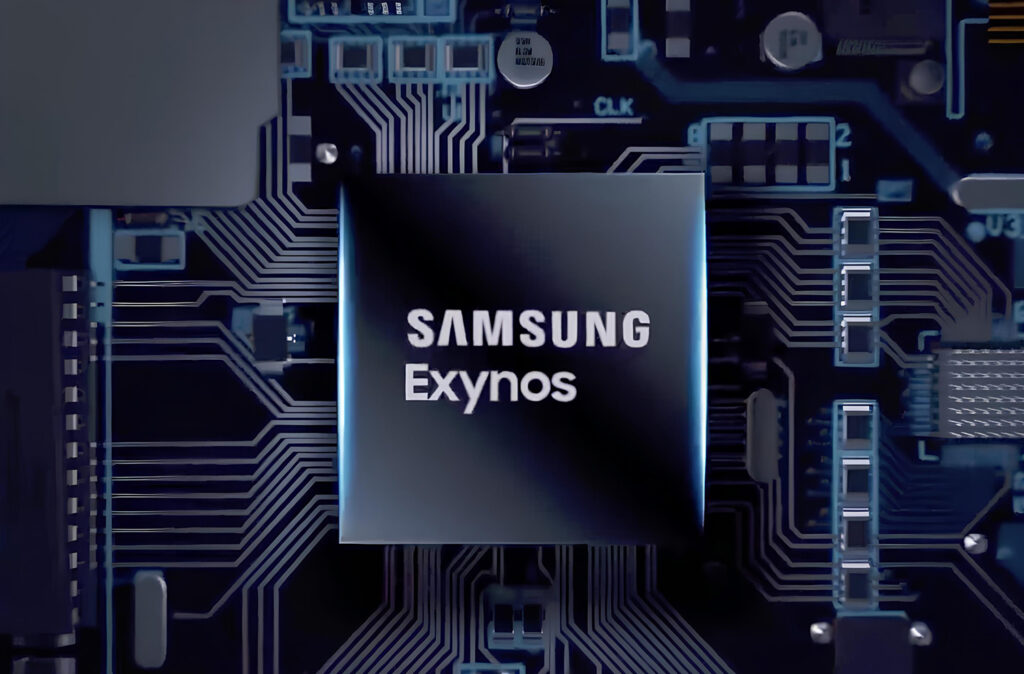Qualcomm recently reaffirmed its strategic ambition to remain the dominant force in Samsung’s smartphone offerings, stating that its processors will retain “at least 75%” market share in Samsung devices. The assertion, made during Qualcomm’s recent earnings conference call, heightens the long-running competition between the two technology behemoths in the mobile silicon market.
Analysts were quick to highlight that Qualcomm’s high-performing chips have persistently outgunned Samsung’s in-house Exynos processors, entrenching its lead position in Samsung’s flagship smartphone models. This reaffirmation poses urgent questions regarding the prospects of Samsung’s next-generation Exynos 2600 to mount a serious challenge to Qualcomm’s established position and alter the competitive dynamics of flagship smartphone processors.
In spite of Samsung’s overall dominance in the smartphone space, its semiconductor business has continued to face consistent pressure in terms of growth and market traction for its Exynos chips, resulting in it having to depend on Qualcomm for a large part of its high-end devices.
The Exynos 2600: A Look at the Potential of SoC
The Exynos 2600 is set to be Samsung’s strong rival in the high-end mobile chip market. Leaked specs point to a 10-core CPU configuration, with one ultra-large core, three large cores, and six power-efficient small cores. On the graphics side, the chip is said to come with the all-new Xclipse 960 GPU. The new GPU is rumored to provide a substantial performance improvement, reportedly outmatching the Adreno 830 GPU of Qualcomm’s latest flagship Snapdragon 8 Elite by around 15%.
The fight for chip supremacy in Samsung’s next flagship phones will be keenly observed. The burning question is how well the Exynos 2600 will fare against Qualcomm’s upcoming proposition, the highly awaited Snapdragon 8 Elite Gen 2, in real-world usage and benchmarks. The result of this showdown will not only dictate Samsung’s semiconductor plans for the long haul but also possibly alter the landscape of the worldwide mobile processor market, affecting everything from handset performance to geographic availability of high-end smartphones.
Source: ITHome


 Erencan Yılmaz
Erencan Yılmaz


